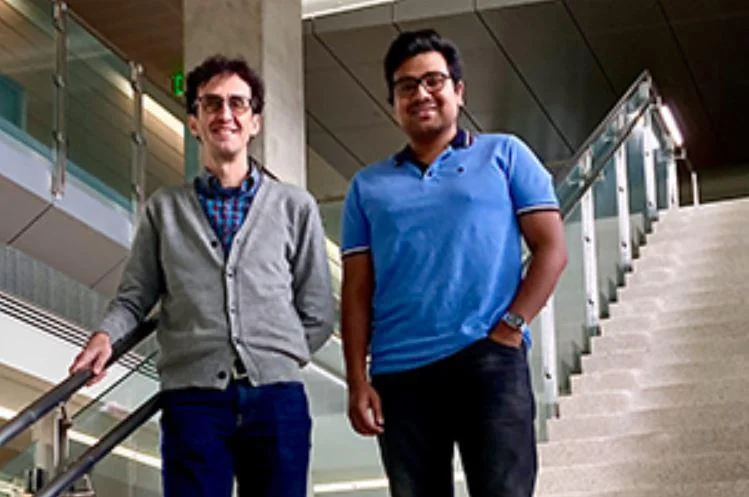In Focus: Citizen scientists can now also use their brains to help find new pulsars
This article originally appeared in In Focus Vol. 13, No. 11
By Laura Otto, Marketing and Communication
Citizen scientists have provided important help to astronomers exploring the heavens, and now they are invited to take a more hands-on role.
In their efforts to scour the universe for evidence of gravitational waves, scientists have enlisted the help of 15,000 volunteers who donated their private computers’ downtime in a citizen-science project called <a href="https://einsteinathome.org/"Einstein @ Home.
Begun by the Max Planck Institute for Gravitational Physics (Albert Einstein Institute) in Hannover, Germany, and at the University of Wisconsin-Milwaukee, Einstein@ Home offers the collective computing power needed for the enormous and data-intensive task of searching for neutron stars and pulsars, which create gravitational waves.
Neutron stars are compact remnants of exploded massive stars. Pulsars are a special kind of rotating neutron star that emits beacons of radiation at regular intervals.
Donated computer time from Einstein@Home participants also is helping analyze observations from some of the largest radio telescopes on Earth, including the now-decommissioned Arecibo Radio Telescope, to identify pulsars. Most pulsars are detected by the radio waves they emit, but they are difficult to extract from the telescope data.
Now, Einstein@Home volunteers can take a more active role by classifying pulsar candidates from radio telescope data using graphical representations and other characteristics of the data. Volunteers can sign up to join “Pulsar Seekers,” on the citizen science platform Zooniverse.
Pulsars are excellent astrophysical tools that enable research in several areas of astronomy, such as testing Einstein’s theory of general relativity, understanding the behavior of extremely dense matter, and searching for low-frequency gravitational waves – the kind that are beyond the frequency range of Earth-based detectors like LIGO, but which were likely discovered by international teams last summer.
The project’s science team has taken the first step to narrow the huge field of potential pulsar candidates using sophisticated algorithms, said Rahul Sengar, a UWM postdoctoral researcher who is leading Pulsar Seekers.

But the remaining number is formidable, Sengar said. “The number of candidates is so large that it is impractical for one person to do the job. This makes the collective human effort of Zooniverse participants invaluable in identifying true pulsar candidates,” he said.
With the help of Pulsar Seekers, scientists hope to have the manpower to find pulsars in very tight orbits with one another.
This kind of pulsar is more difficult to identify but are important because they could contain information on questions such as the origin of heavy elements in the universe, said David Kaplan, UWM professor of physics.
“The first evidence for gravitational waves came from two neutron stars orbiting around each other every eight hours, with the orbit gradually shrinking,” Kaplan said. “We now know of about 15 such systems in the Milky Way galaxy.”
Scientists want to be able to compare binary neutrons in our galaxy with those that can be detected in distant galaxies with the LIGO and Virgo observatories, he said.
The pulsar census work is already underway, Sengar said. To date, Einstein@Home has discovered 31 radio pulsars in data from the Arecibo telescope, 24 radio pulsars in data from Parkes Observatory in Australia, and 39 gamma-ray emitting pulsars in data from NASA’s Fermi Gamma-ray Space Observatory.
“We can’t wait to see what Zooniverse citizen scientists discover in our data,” Sengar said.
Anyone interested in participating can get more information and sign up on the Zooniverse website.